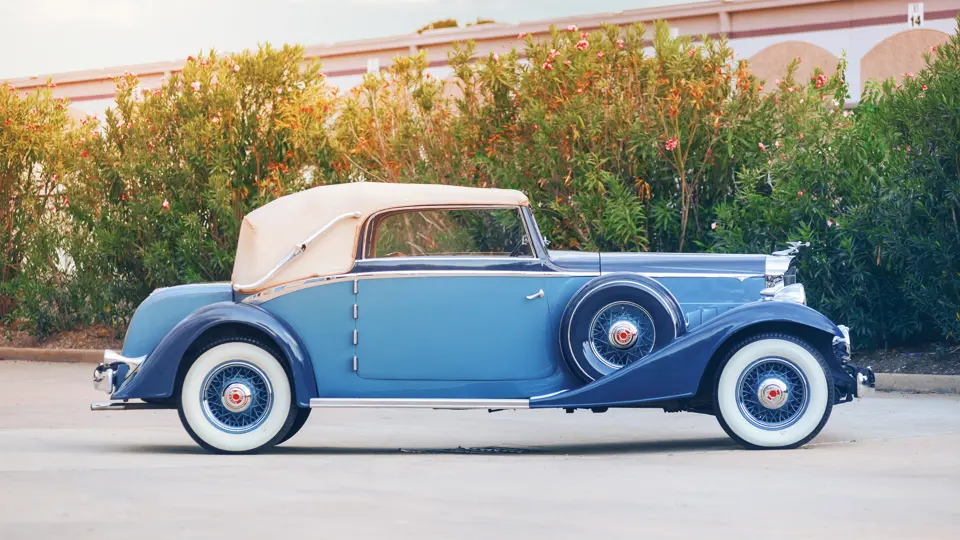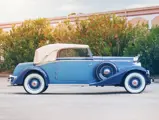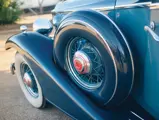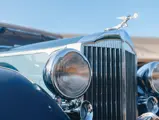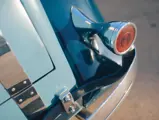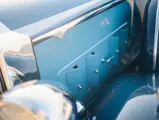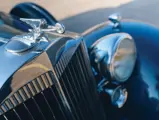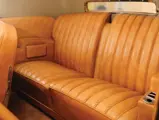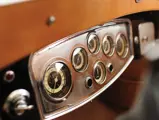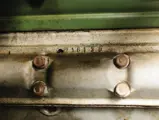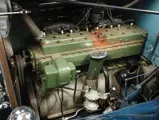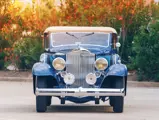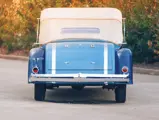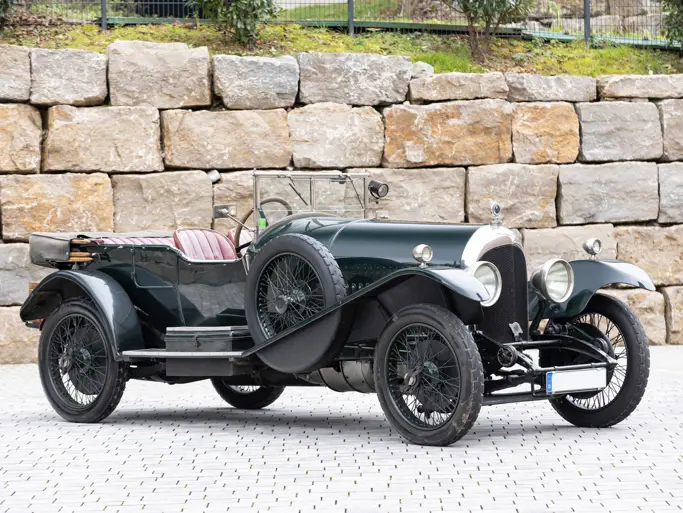120 bhp, 320 cu. in. L-head inline eight-cylinder engine, three-speed manual transmission, solid front and rear axles with semi-elliptic leaf springs, and four-wheel mechanical drum brakes. Wheelbase: 136 in.
The universal acclaim and prestige that Packard Motor Car Company enjoyed in its heyday is impossible to grasp today. Few American automakers have been able to enjoy broad success overseas with the same models offered to their U.S. customers. Packard did, and for decades, they enjoyed a booming export business with a network of dealers in European capitals.
As with many American luxury chassis, Packards were infrequently imported to Europe as whole, finished cars, as taxes made the cost prohibitive. It was less expensive for a continental customer to purchase a bare rolling chassis and then, once the “mechanical parts” had arrived overseas, have custom coachwork fitted by a local coachbuilder of their choice.
The 136-inch wheelbase “Standard Eight” chassis presented here was bodied by Hermann Graber, who enjoyed a reputation as Switzerland’s finest coachbuilder for decades. Bodies for American chassis were a Graber specialty, with the most prominent being sumptuous cabriolets with thickly insulated, beautifully crafted cloth tops, to shut out the Swiss cold.
In many ways, Graber’s body on this Packard resembles a downsized version of a Mercedes-Benz 500 K of the period, as it has broad chrome beltline molding, sweeping fenders, and a blind-quarter top with landau irons, as well as an elegant rounded trunk. The interior is beautifully appointed, with finely tailored leather upholstery and armrests built into the door panels, so that, with the door closed, the feeling is of the driver and passenger sharing a luxurious love seat. The doors and dashboard are beautifully capped in walnut. The overall effect is of traditional Packard construction but with a distinct European touring flair.
This car was discovered in London in 1972 by American tenor Sergio Franchi. Franchi had become a favorite on American variety shows during the 1950s and 1960s, and he eventually built a recording career that took him to Las Vegas and all over the world. A man with a great appreciation of art and beauty, his passions offstage were sketching, watercolors, and especially collecting fine automobiles. He eventually built an enviable, eclectic collection at his Connecticut estate, including everything from Rolls-Royces to Mercedes-Benz to his personal favorite, Isotta-Fraschinis. Many in the car hobby knew him as a member of the Classic Car Club of America and as a frequent participant in CARavans.
Franchi loved the Packard’s lines and brought it home to the United States with him. A photograph on file clearly shows the car’s complete and solid condition upon its arrival stateside. The Packard was beautifully restored in its present two-tone blue livery by Ted Billing, of Shrewsbury, Massachusetts, who was, at the time, very well-respected for his quality work.
As it felt very modern for its time, and was very reliable, the Graber-bodied Eight became a favorite CARavan car for Sergio and Eva Franchi, and it was enjoyed on the road until Mr. Franchi’s untimely passing in 1991. “We used this car in many CCCA CARavans,” Mrs. Franchi recalled later. “When you ride in the Packard, you forget that you’re sitting in an antique car, because it felt so modern. We had such wonderful times in that car.”
Acquired by John O’Quinn from the Franchi Estate, the Packard continues to wear its original restoration, with such wonderful touches as dual side-mounted spares and chrome trim strips that descend over the trunk and accent the beltline treatment. The wire wheels are painted the period-correct body color, and the car is fitted with dual fog lamps and dual horns, ideal for the touring purposes for which it has so long been enjoyed.
The Graber Cabriolet would be an ideal basis for a fresh restoration, with the purpose of making it a concours competitor, like so many European-bodied Packards of its time. However, it could also, perhaps most aptly, be returned to the road, where it could be enjoyed in the manner of its famous and passionate long-time owner.

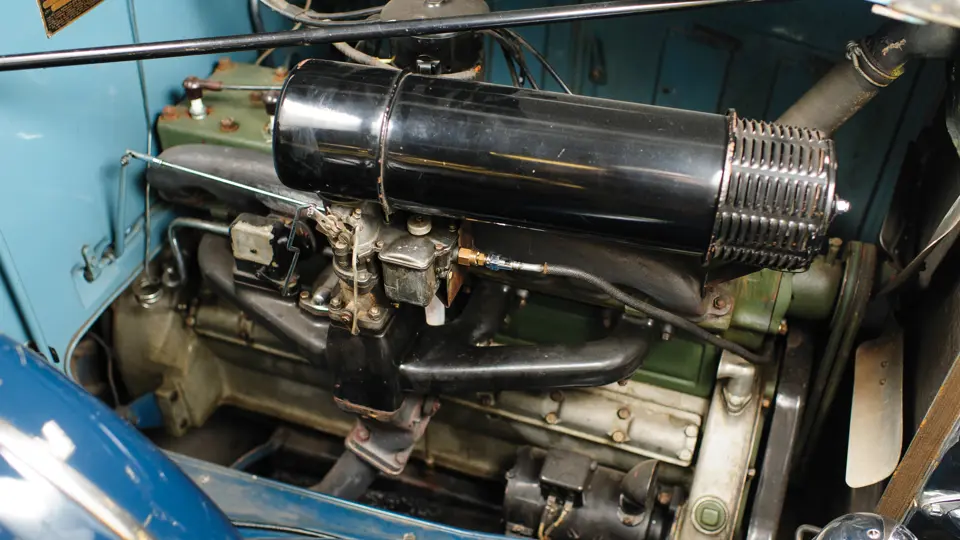


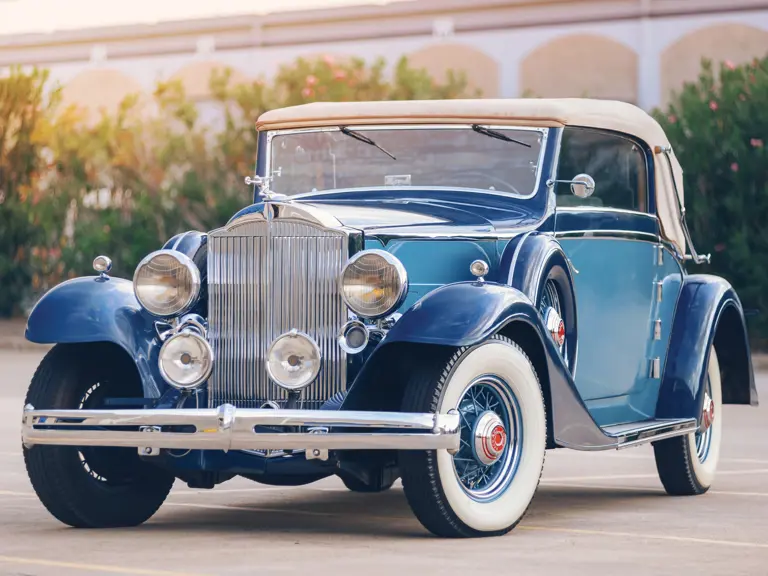
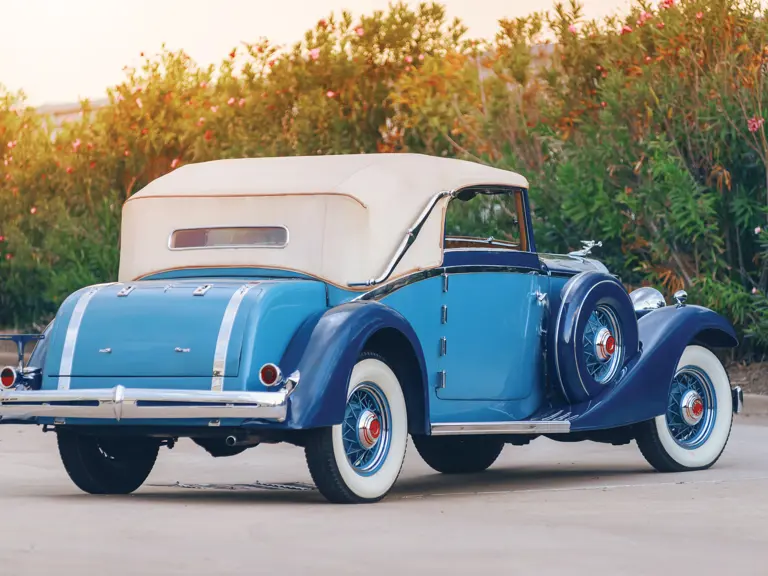
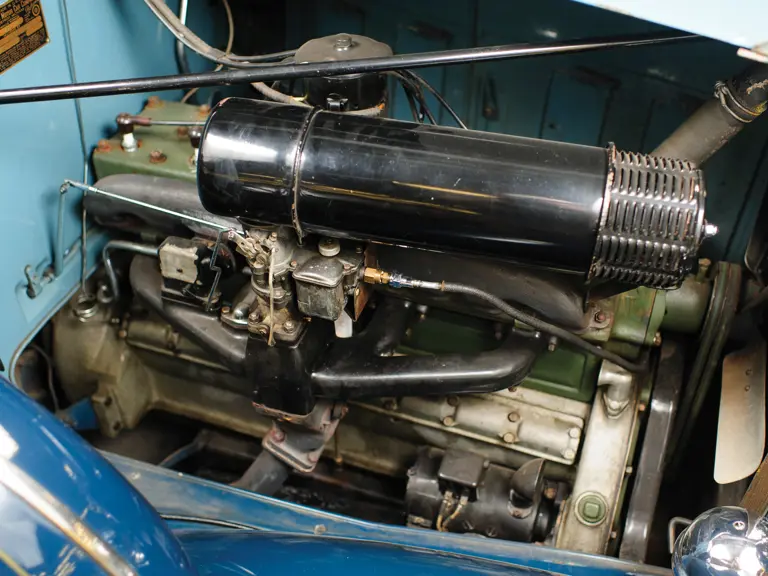
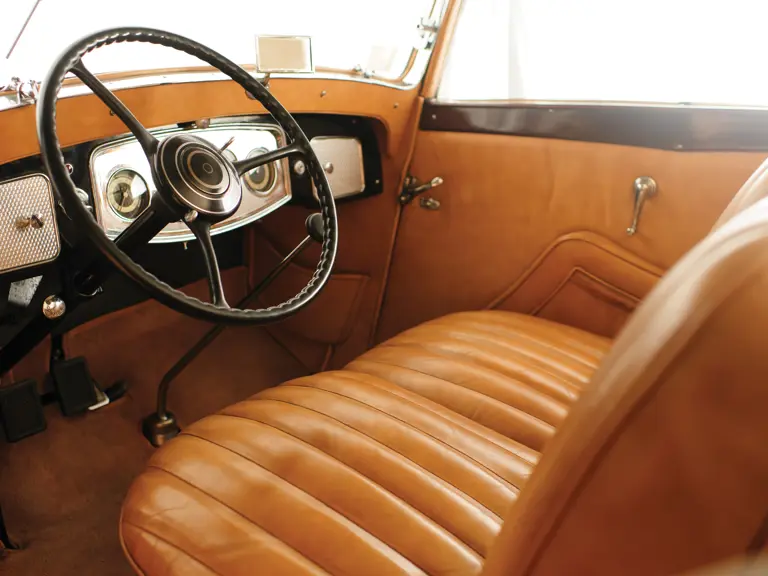
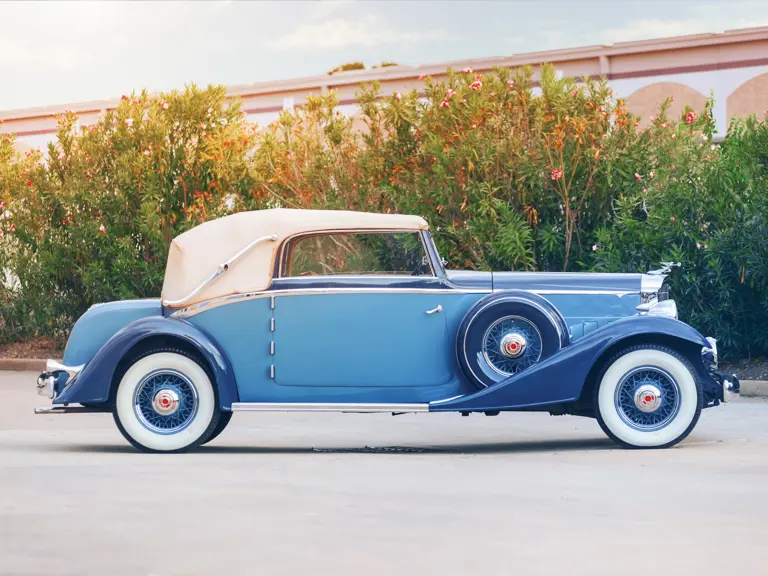
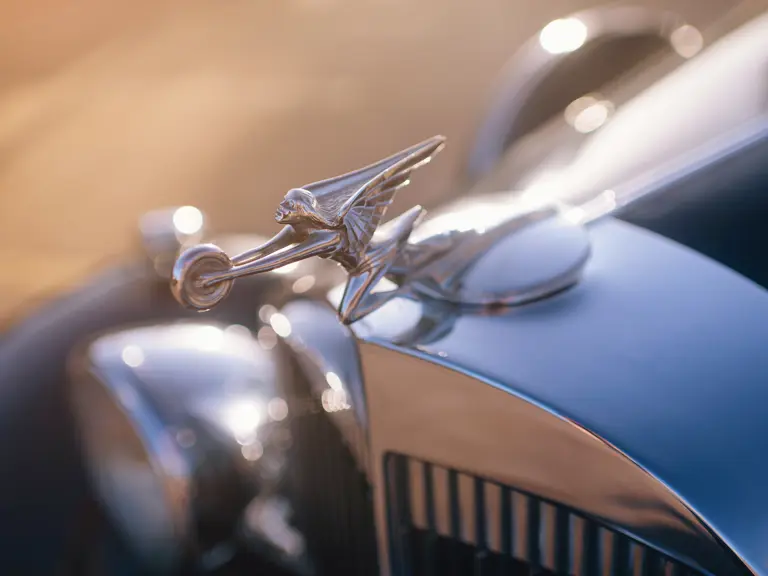
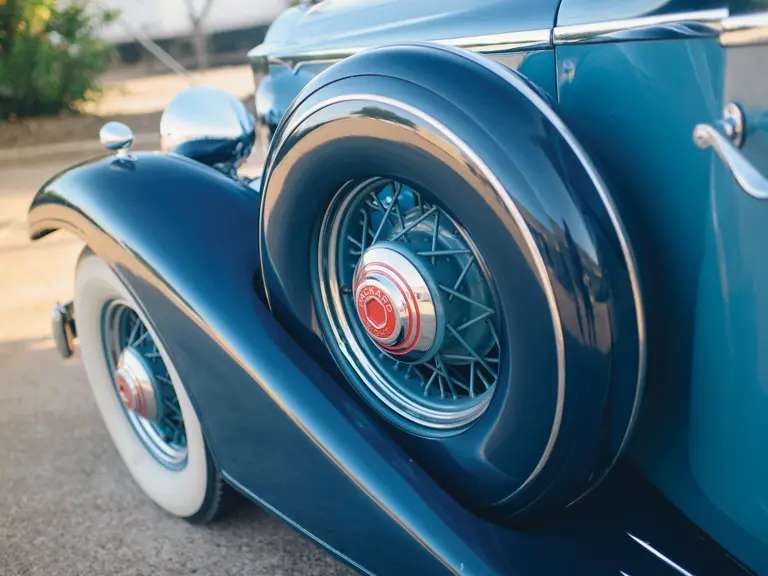
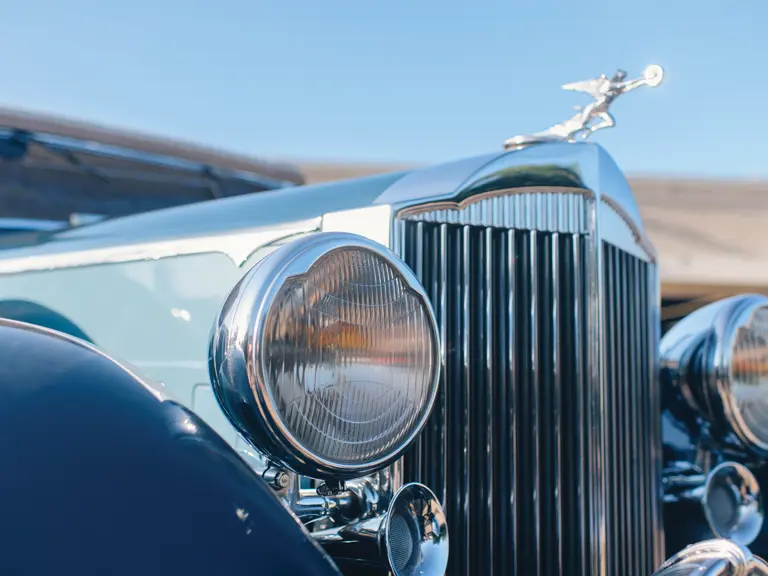

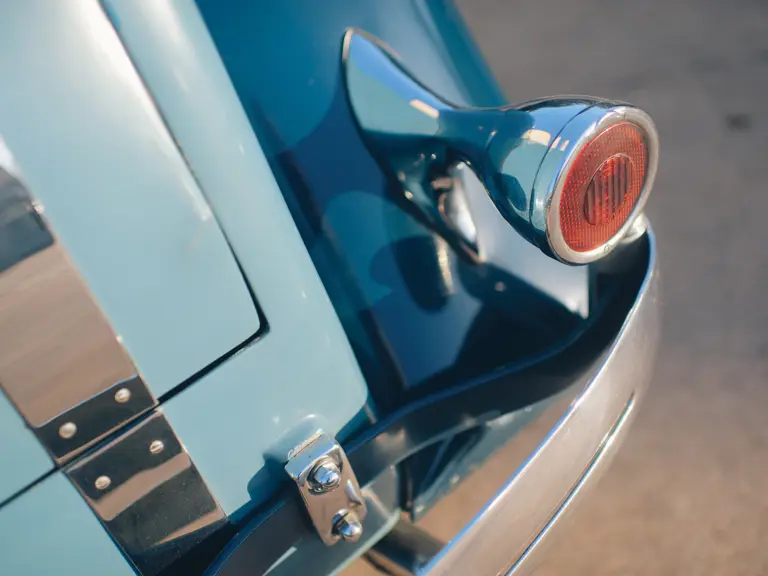
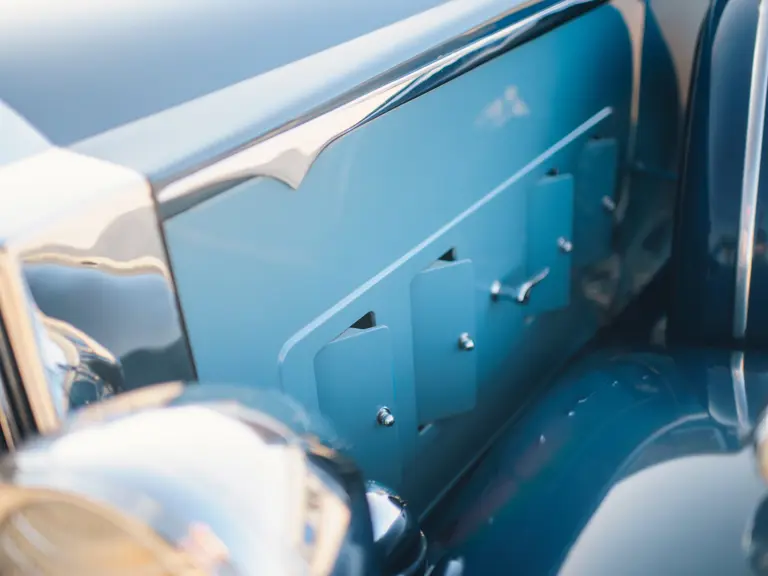

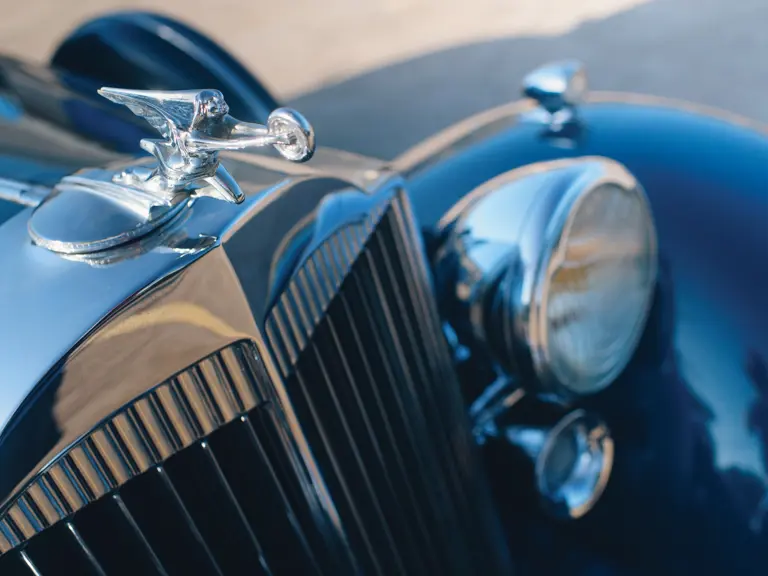
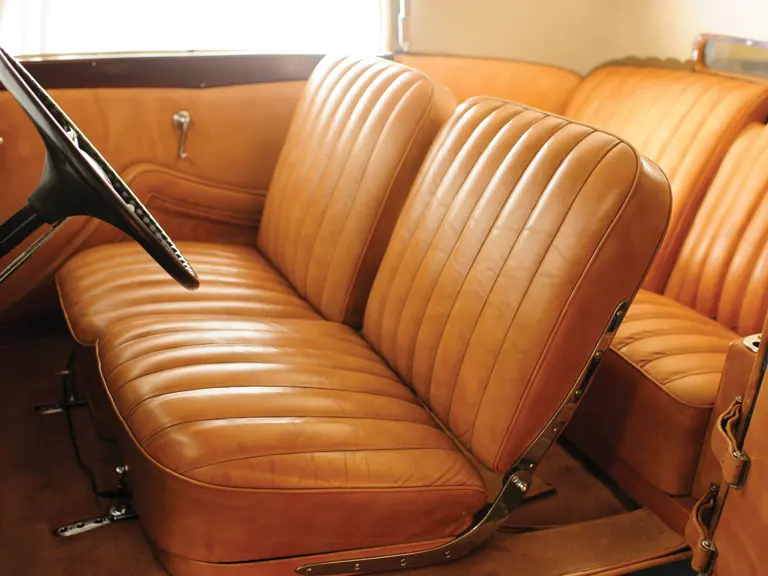
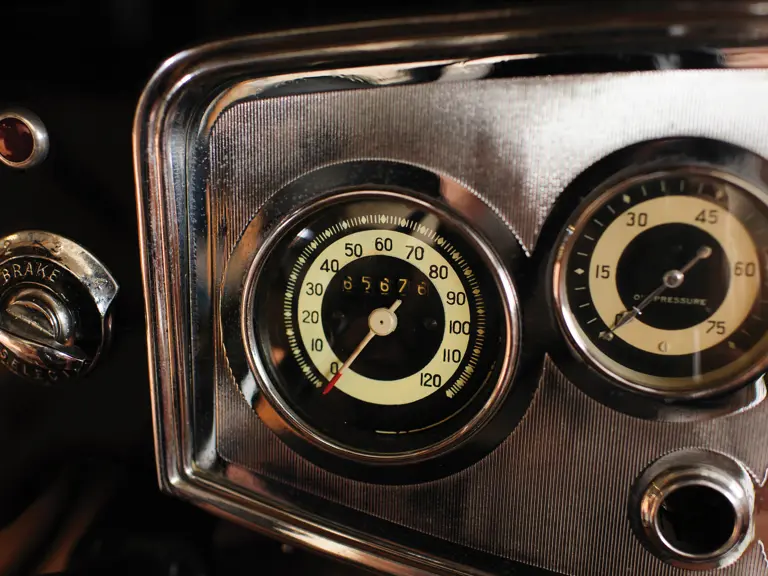
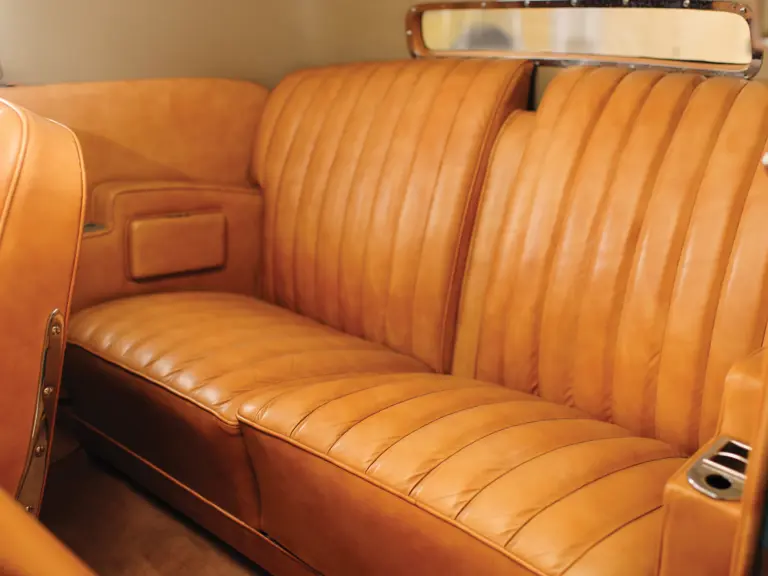

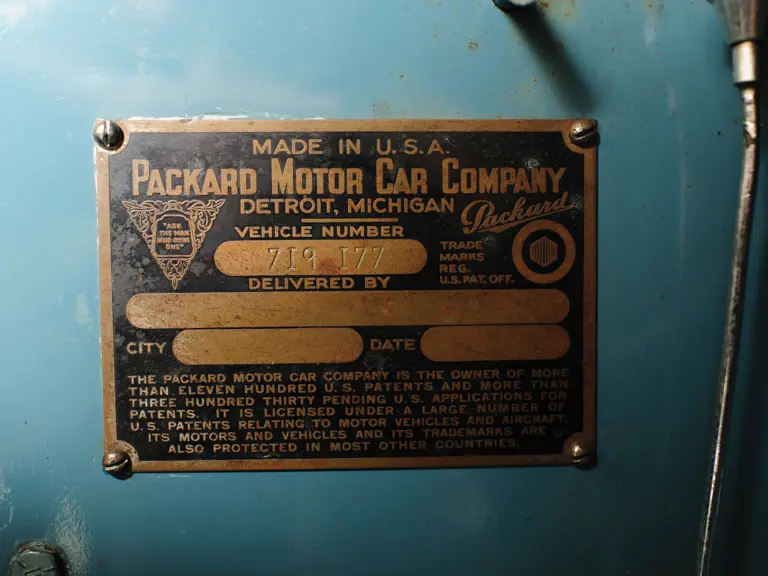

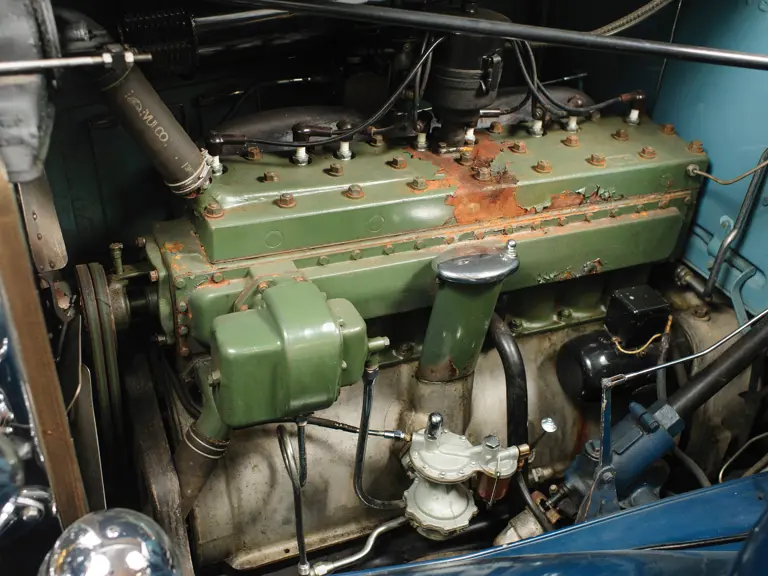
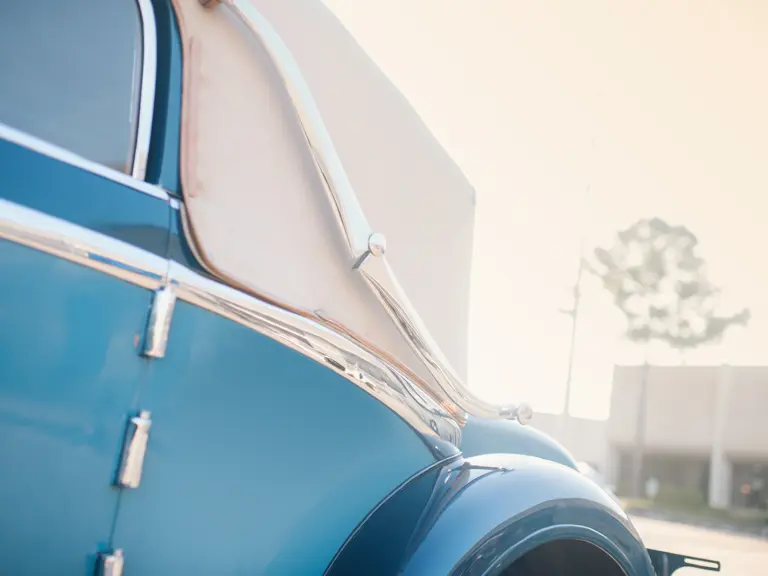
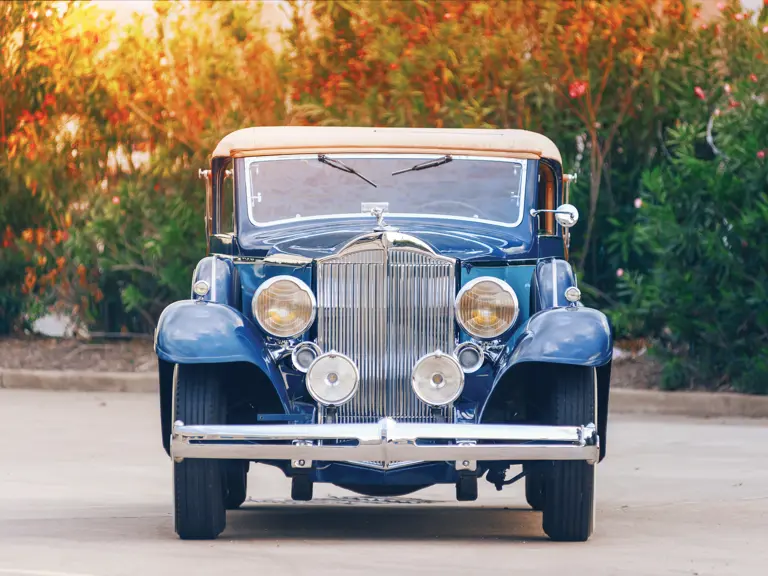

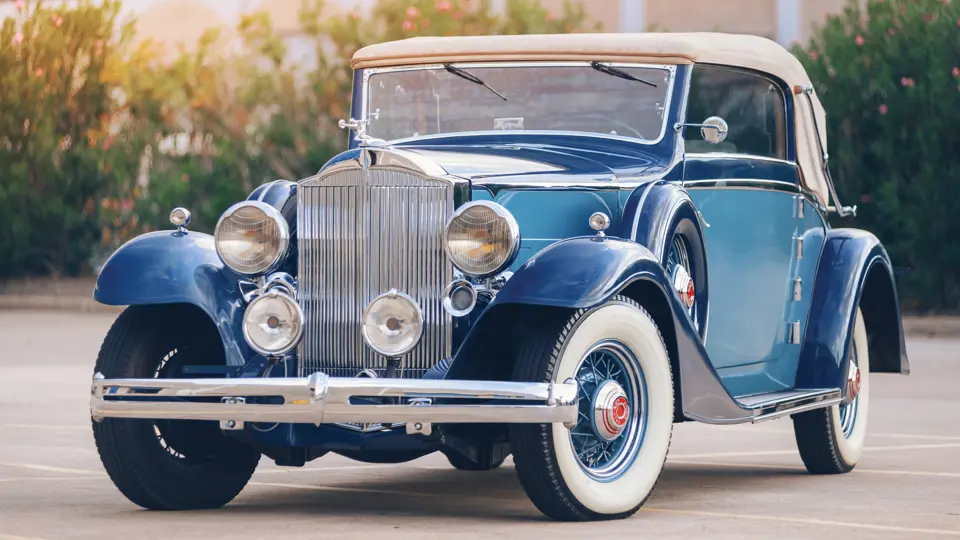
 | Hershey, Pennsylvania
| Hershey, Pennsylvania
